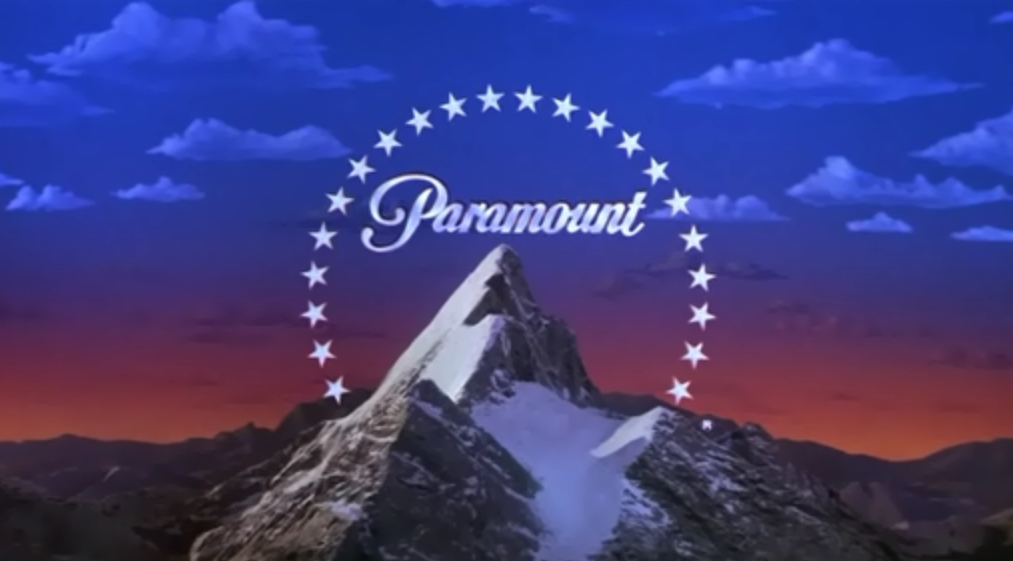This week was one of the weeks I was looking forward to after first hearing of it from one of the first weeks. This is because of the Paramount decision. The decision was rendered in 1948. It was filed as anti-trust legislation and addressed the evident monopoly that made it impossible for individual filmmakers to have their films shown to the audiences they desired. The direct cause of this legislation was the vertical integration that the big 5 and the minor 3 were using to make sure that their films were the only ones exhibited to the viewing public.
The tactic often used by these studios was called “block booking.” This process included selling or leasing large packages of films to theaters. For every high dollar film, the studious would also put lower ranking films in the package. This tactic prohibited other companies or smaller studios to exhibit their films.

Once the Paramount decision was put into action, it allowed for many independent film makers to finally have a platform to show their films.
During this period, a common act that the studios would do when exhibiting films would be to pair films of higher accolade, with lower received early Euro-horror films. This can be described as a “weird hybrid of high culture with low culture or high art and low art. This blending of cultures and art forms created one lane of culture that everyone who experienced it could view something that had never been done before. An example of this would be Wild Strawberries, and Black Sunday.
I thoroughly enjoyed the documentary on AIP. American International Pictures was founded by Jack and Sam, who where two of the most influential artists during the aftermath of the Paramount decision. They founded the very notion of exploitation films.
Exploitations films come in many shapes and sizes. The initial target for the exploitation films were teenagers. AIP had discovered that teenagers had never had films made and catered toward them. The film that caught my attention during the montage of their impressive 500 films put out was titled “I was a teenage werewolf.” I thought that this was a perfect example of the exploitation AIP was trying to accomplish. These films became wildly successful. Most thanks to the success of AIP was due to the director, and producer Rodger Corman.

Rodger was and is a very influential and pertinent figure in the field of exploitation films. He was able to produce films on a very tight budget within a very short period of time. Rodger often could not find someone he believed was capable of directing a film adequately, so he would do it himself.
Another aspect of AIP, and Rodger Corman that I found fantastically interesting was their tactic of creating artwork as advertisement for films, and pitch them to theatres to see if they would book the films. The interesting part of this was that the films weren’t even made yet. This business tactic not only was not only cost effective, because if a movie would not be booked, then it would save them making it, but it was genius because they would often bait and switch; not necessarily delivering on their promises of the posters, but the teenagers would still receive the films extremely well.


Lucky for the independent filmmakers when the Paramount decision was put into action. The Paramount decision was a landmark supreme court case that decided the fate of movie studios owning their own theatres and holding exclusive rights on which theatres would show their films. It would also change the way Hollywood movies were produced. After the Paramount decision, then came the AIP, then the exploitation films. While watching the film in class, I was thinking to myself, who in the world came up with these ideas for a film and why. Like the film titled “I was a teenage werewolf”. Why would someone want to be turned into a werewolf?
LikeLike
I found the business tactic of selling the movie off the poster, very intelligent as well. I agree it was a cost-effective move. When you speak about Roger Corman, I noticed you stated he was very influential and pertinent figure. I didn’t talk about Roger in my blog for the simple fact I could have talked about him for pages and pages. He launched, groomed, or just gave a shot to such famous people as Martin Scorsese, Ron Howard (one of my favorite directors), James Cameron, Jack Nicholson, and influenced Steven Spielberg and George Lucas. See, I could talk about Roger for pages. 😊
LikeLike
I was also very interested in the tactic of selling movies before they were made. What Corman and a lot of other people did at AIP might have been deceptive, but coming up with poster art before they actually filmed the movie was a good way to safely experiment with what boundaries you could push when it came to advertising. The film did not always resemble the poster that was pitched, but the sensationalized artwork always got people excited anyway.
LikeLike
I really enjoyed all of the marketing schemes the early Hollywood directers came up with to make sure that their movie sold. Seeing those great Sci-Fi and monster movie titles flash by was a real treat for me, and learning about how important teenagers were to movies was actually really cool.
LikeLike
I agree with you that this week has been something i looked forward to learning about. Ive been interested in learning about drive-in culture, and what was happening behind the scenes that made this abundance of independent films arrive at the big screen. The marketing schemes for the films were especially interesting to me as its almost as if they knew exactly how to work their audience. This has been one of my favorite topics in our class so far.
LikeLike